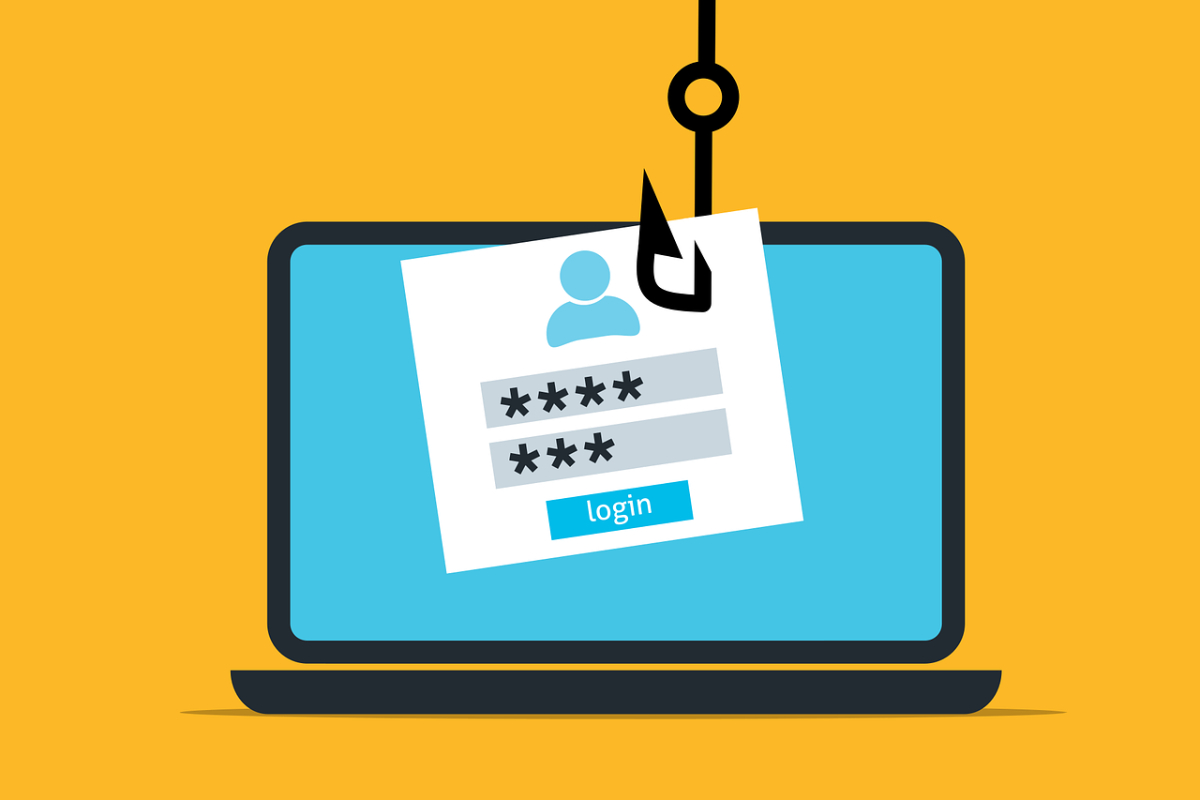eBay remains a popular online marketplace, boasting millions of active users. This bustling environment, unfortunately, attracts scammers employing various tactics to defraud unsuspecting individuals. Understanding these tactics is crucial to protecting yourself and your finances. This guide will explore common eBay scams and provide practical advice on how to avoid becoming a victim.
Common eBay Scams to Watch Out For
Scammers primarily aim to steal your data or money without providing anything in return. Here are some prevalent scams to be aware of:
The Complaint Trick
This simple yet effective scam involves fraudsters posing as legitimate buyers. They purchase an item, then complain about it shortly after delivery. The trick? They return a different, often damaged or inferior item, instead of the original purchase.
For Sellers: Document the serial or model numbers of your items before shipping to prevent this scam.
Payment Outside eBay
This scam sees sellers requesting payment directly to an external account, bypassing eBay’s buyer protection. Once the payment is sent, the scammer disappears without shipping the item.
Cash on Delivery Deception
This scam targets buyers using cash on delivery. You pay for an item, only to discover the package contains worthless items like scrap metal or rocks.
For Buyers: Always inspect the contents of a cash on delivery package before handing over payment.
The Triangle Scam
This intricate scam involves a third party. The scammer contacts a legitimate seller, inquiring about an item and requesting payment details. They then create a duplicate listing for the same item. When a buyer purchases from the duplicate listing, the scammer provides the original seller’s payment details. The buyer unknowingly pays the original seller, who ships the item to the scammer, believing they are fulfilling the initial inquiry. The scammer disappears with the item, leaving the buyer empty-handed.
Fake Support Scams
Scammers impersonate eBay support staff to extract account details or credit card information. They often initiate contact as a buyer or seller, then fabricate problems during the transaction. Victims are provided with a fake support number, leading them to the scammers.
Phishing Attacks
Phishing emails attempt to steal personal data by mimicking official eBay communications. These emails can look remarkably authentic, using official logos and language. They typically request confidential information, urge you to click external links, or contain unsolicited attachments.
Key Phishing Indicators:
- Requests for confidential data.
- Links to external websites.
- Generic salutations (e.g., “Dear eBay user”).
- Poor grammar and spelling.
- Urgent or threatening tone.
- Unsolicited attachments.
- Suspicious sender addresses.
Report suspected phishing attempts to spoof@ebay.com. Remember, eBay will never ask for confidential information via email or external sites and always sends copies of important messages to your eBay inbox.
 PhishingPhishing attempts often involve deceptive emails or messages designed to steal personal information.
PhishingPhishing attempts often involve deceptive emails or messages designed to steal personal information.
Essential Tips for Safe eBay Transactions
These general guidelines can significantly reduce your risk of encountering scams:
- Scrutinize Seller Accounts: Check seller ratings and reviews. Be wary of newly created accounts or inconsistent feedback.
- Exercise Skepticism: If a deal seems too good to be true, it probably is. Compare prices with other listings and be wary of unusually low offers.
- Carefully Review Listings: Ensure product descriptions and images align. Be suspicious of low-quality images or stock photos.
- Use Secure Payment Methods: Stick to eBay-approved payment methods. Avoid direct bank transfers, prepaid cards, or cryptocurrency payments.
- Communicate Through eBay’s Messaging System: Avoid communicating outside of eBay’s platform.
- Don’t Click External Links: Be wary of links in messages, especially those claiming to resolve payment issues.
- Use Strong Passwords: Employ a strong, unique password for your eBay account and consider using a password manager.
Identifying Fraudulent Sellers: Red Flags
- Unrealistic Discounts or Rare Items: Be cautious of significantly discounted or hard-to-find items.
- High-Pressure Tactics: Scammers often create a sense of urgency to pressure buyers into quick decisions.
- Suspicious Payment Requests: Be wary of requests for payment outside of eBay’s approved methods.
Reporting Suspected Fraud
If you suspect fraudulent activity, report the seller or listing to eBay immediately. They provide a dedicated function for reporting suspicious sellers. If you believe your account has been compromised, follow eBay’s account theft procedures.
Password Managers: An Essential Security Tool
Using a strong password manager is crucial for online security. These tools generate and store complex passwords, ensuring you use unique credentials for each account.
Conclusion
Staying informed and vigilant is the best defense against eBay scams. By understanding common tactics and following these safety guidelines, you can confidently navigate the marketplace and protect yourself from fraud.











